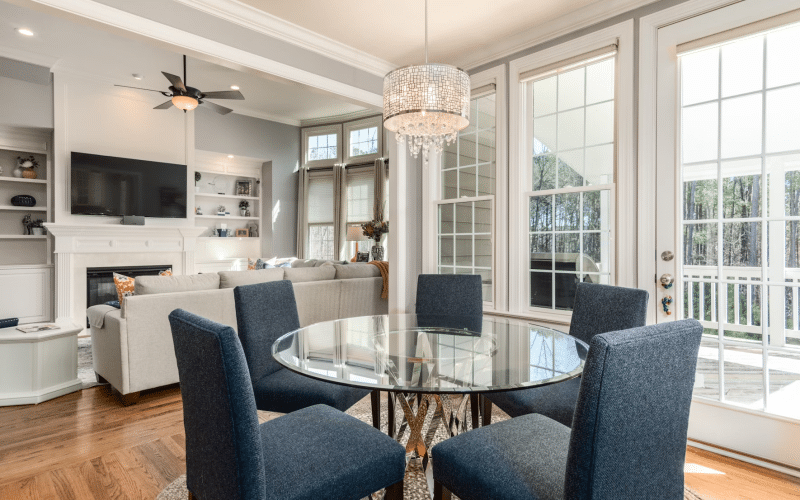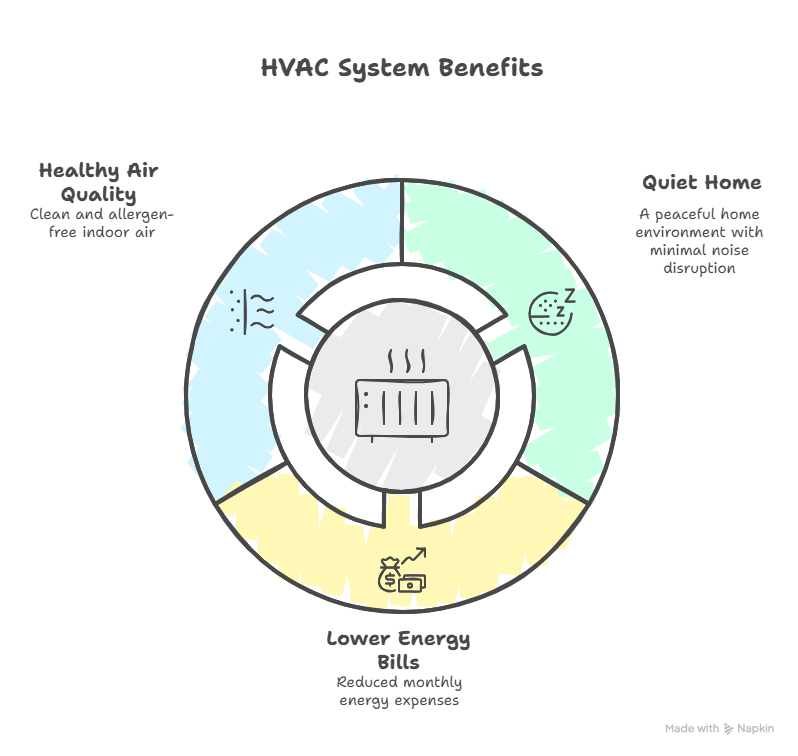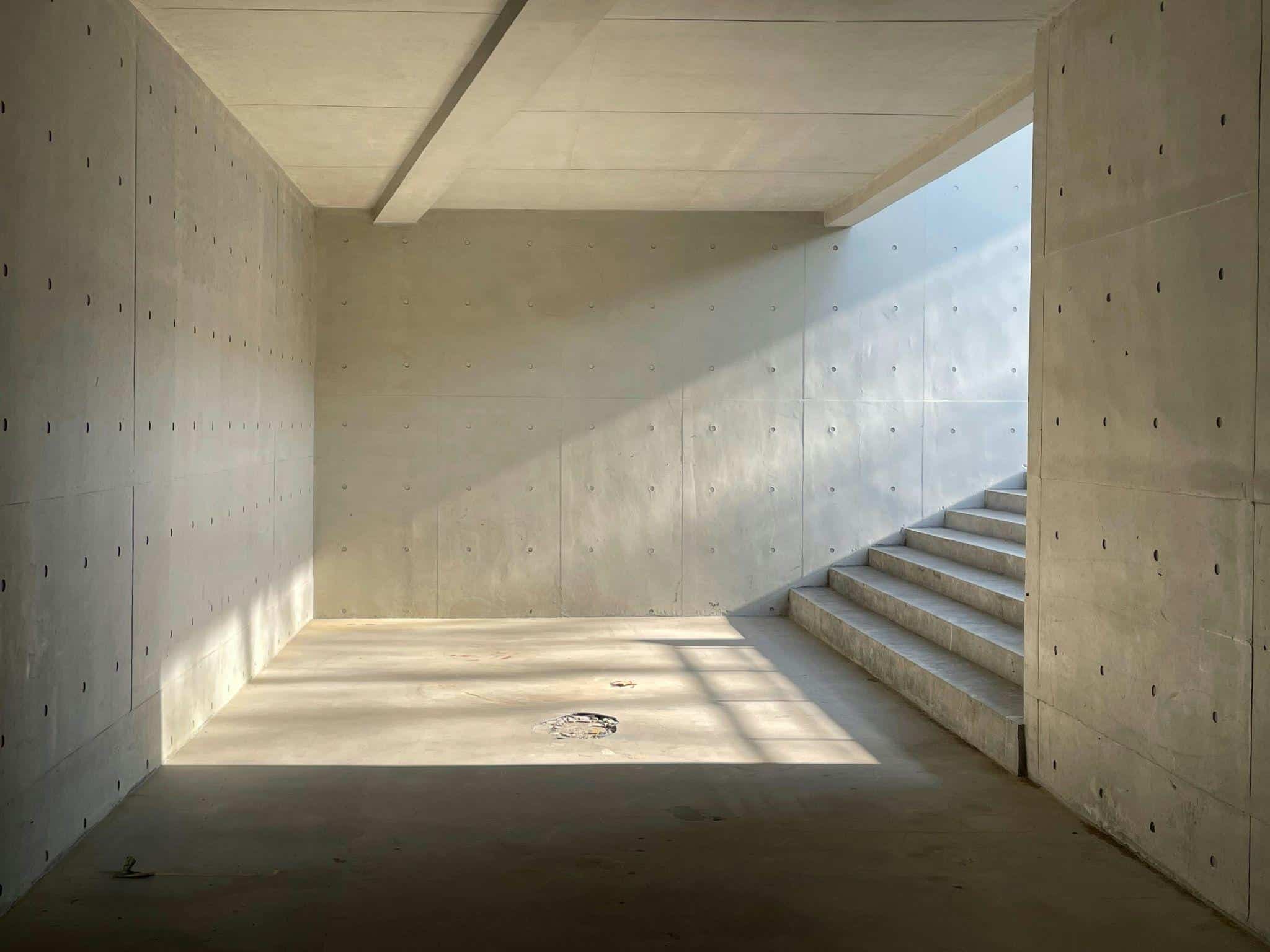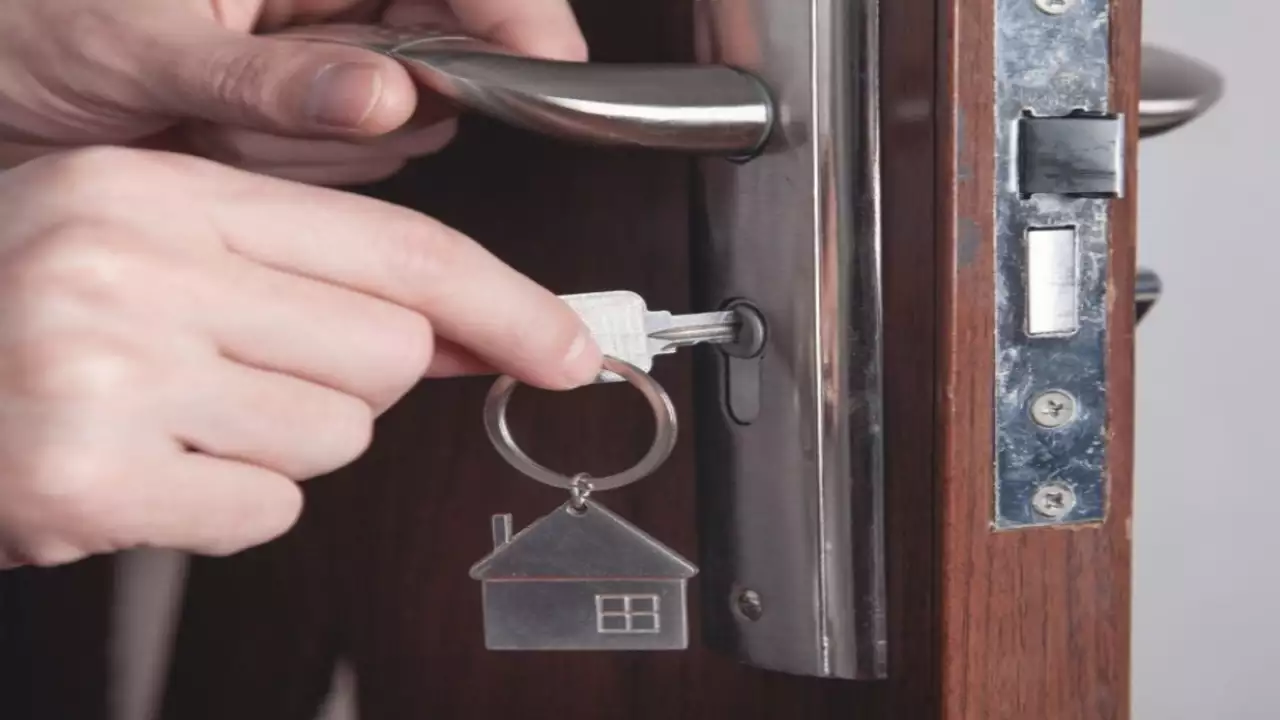How to Finance Your Home Improvement Project
Home improvement projects can significantly enhance the value and comfort of your home. However, the costs associated with these projects can often be daunting. Whether you’re considering a minor renovation or a major remodel, understanding your financing options is crucial.
This guide will help you navigate the different ways to finance your home improvement project, ensuring you make informed decisions that suit your financial situation.
Assessing Your Project and Budget
Before diving into financing options, it’s essential to have a clear understanding of your project’s scope and budget. Start by defining what you want to achieve with your home improvement. Are you looking to upgrade your kitchen, add an extra room, or remodel your bathroom? Each project comes with its own set of costs, so getting an accurate estimate is the first step.
Once you have a clear budget in mind, review your current financial situation. Consider how much money you have saved and how much more you need to complete your project. This assessment will help you determine the best financing method for your needs.
Matt Mayerle, Personal Finance Editor at CreditNinja, often advises homeowners to carefully assess both their project scope and budget before considering financing options. He notes, “A clear understanding of your budget not only prevents overspending but also helps in choosing the most suitable financing option for your needs.”
Exploring Financing Options
Several options are available when it comes to financing home improvement projects. Each has pros and cons, and the best choice depends on factors such as your credit score, the amount you need, and your repayment ability.
Home Equity Loans and HELOCs
Home equity loans and Home Equity Lines of Credit (HELOCs) are widely used options for funding home improvement projects. These loans enable you to tap into the equity you’ve accumulated in your home. A home equity loan gives you a one-time lump sum with a fixed interest rate, which is ideal for projects with a set budget.
Conversely, a HELOC functions similarly to a credit card, allowing you to borrow as needed up to a certain limit, typically with a variable interest rate. This makes it an excellent choice for projects with expenses that may vary, like extensive renovations.
Mayerle suggests, “Home equity loans and HELOCs can be powerful tools, but homeowners should be cautious of the variable rates that come with HELOCs, especially in a fluctuating economy.”
Personal Loans
Personal loans offer a flexible and often quick way to finance your home improvement project. Unlike home equity loans, personal loans don’t require using your home as collateral. However, they generally come with higher interest rates, especially if your credit score is less than stellar. Luckily, there are no-credit-check loans available from platforms like CreditNinja, which mitigates this risk.
Personal loans are best for smaller projects or when you don’t want to put your home at risk. The fixed repayment terms make budgeting easier, though shopping around for the best rates and terms is crucial.
Mayerle advises, “For those without substantial home equity or who wish to avoid leveraging their home, personal loans can offer a quicker and less risky alternative, particularly for smaller projects.”
Credit Cards
Using a credit card to finance a home improvement project is another option, particularly for minor and inexpensive updates. For instance, if you have a card with a low interest rate or a 0% introductory rate, this could be a cost-effective solution. However, paying off the balance before the introductory period ends is essential to avoid high interest charges.
Credit cards should be used cautiously. They’re best suited for projects you can pay off quickly, avoiding long-term debt accumulation.
Government Loans and Grants
For certain types of home improvements, such as energy-efficient upgrades or essential repairs, you might qualify for government loans or grants. Programs like the Federal Housing Administration’s (FHA) Title I Property Improvement Loan program or the Department of Energy’s Weatherization Assistance Program offer financial assistance for qualifying homeowners.
These programs often have specific eligibility requirements, so it’s worth researching whether you qualify. They can be an excellent way to finance necessary improvements without incurring significant debt.
Making a Decision

Choosing the right financing option for your home improvement project depends on various factors, including your budget, project scope, and financial situation. It’s essential to consider all available options, compare interest rates, and calculate the total cost of borrowing. Also, consult a financial advisor to ensure you’re making the best decision for your circumstances.
Conclusion
Mayerle concludes, “Ultimately, the right financing choice will depend on your specific circumstances, but taking the time to understand your options can make all the difference in achieving a successful and stress-free renovation.”
Financing a home improvement project doesn’t have to be overwhelming. By carefully assessing your needs, exploring various financing options, and making informed decisions, you can achieve the home of your dreams without risking your financial stability.







